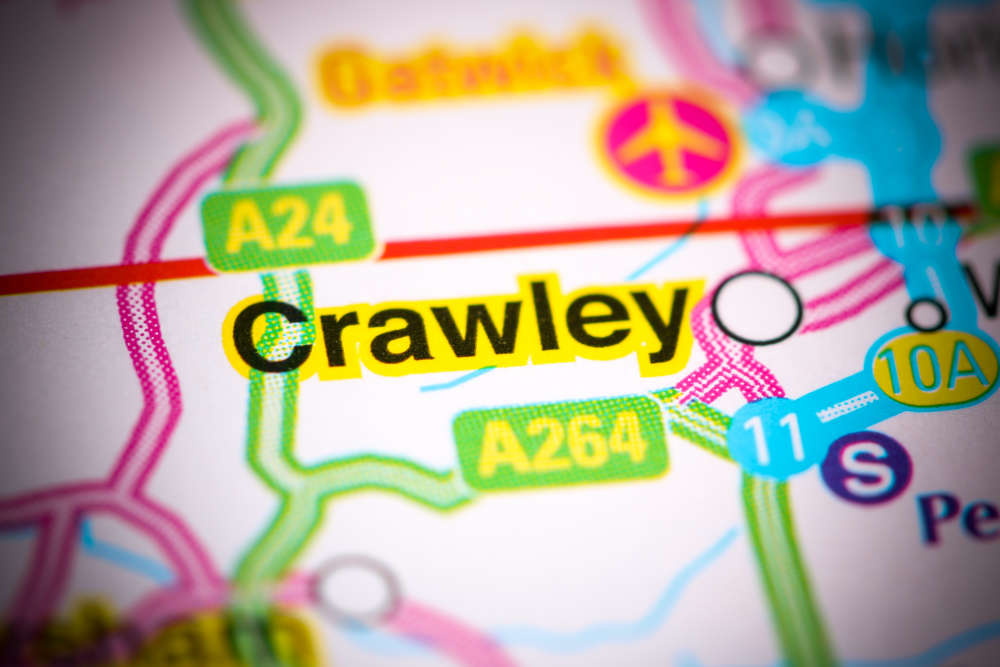
Crawley, is known for its modern infrastructure, bustling economy, and excellent transport links, but did you know how historical it is? Beneath its contemporary facade lies a fascinating history that stretches back centuries. Let's uncover five intriguing historical facts about Crawley that shed light on its captivating past.
1. Ancient Origins and Roman Connections:
Crawley's history can be traced back to ancient times. Archaeological discoveries indicate that the area was inhabited during the Roman era. Roman coins and artifacts have been found in the vicinity, suggesting a Roman presence in Crawley. Additionally, the nearby Roman road of Stane Street, which linked London to the south coast, passed through the town, reinforcing its historical importance as a transportation hub.
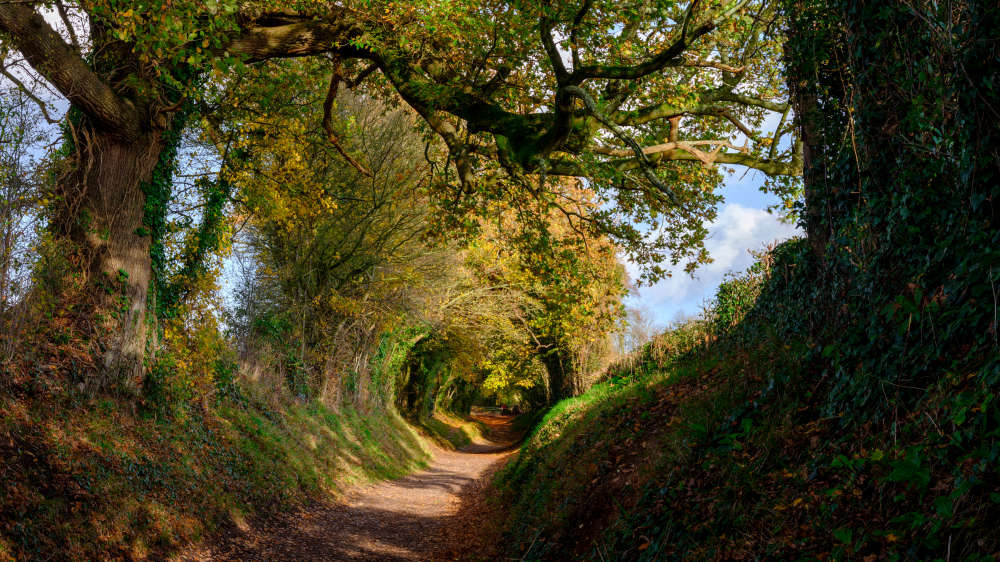
2. The Manor of Crawley:
The Manor of Crawley, also known as Goff's Manor, played a central role in the town's early development. It was held by various noble families over the centuries, including the de Gatwick and the de Braose families. The manor was an administrative and economic center, overseeing the local agricultural activities and managing the surrounding lands. Today, remnants of the manor, including the medieval Goff's Park House, provide glimpses into Crawley's feudal past.
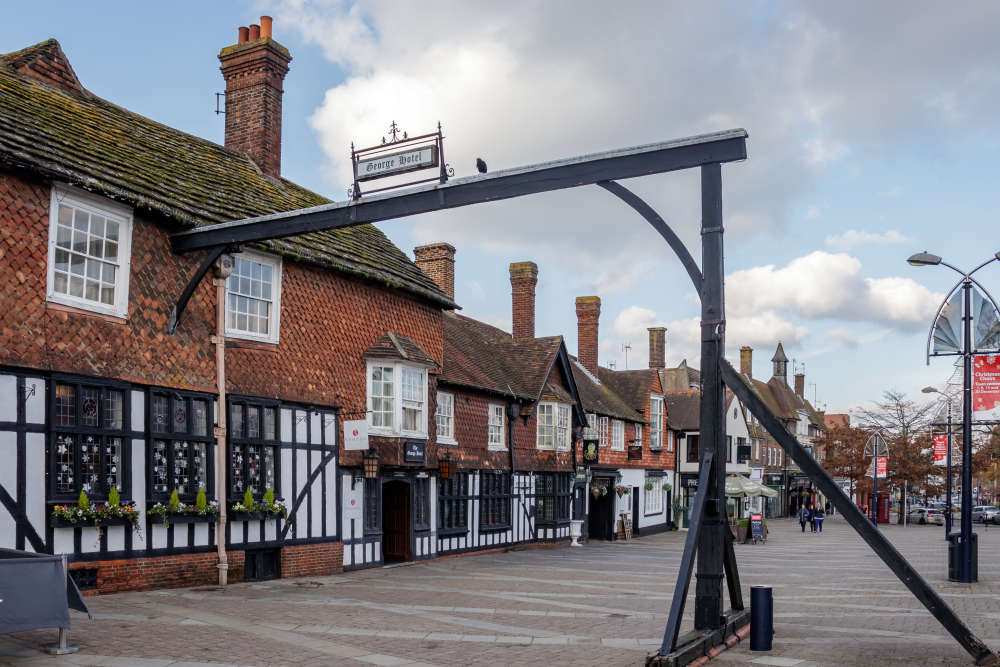
3. Crawley New Town:
In the aftermath of World War II, Crawley underwent significant transformation with the development of a new town. As part of the post-war reconstruction efforts, Crawley was designated as a New Town in 1947, aiming to alleviate housing shortages in the London area and accommodate population growth. The new town planning principles incorporated modern architectural designs, a comprehensive infrastructure network, and the establishment of residential neighborhoods, commercial centers, and green spaces.
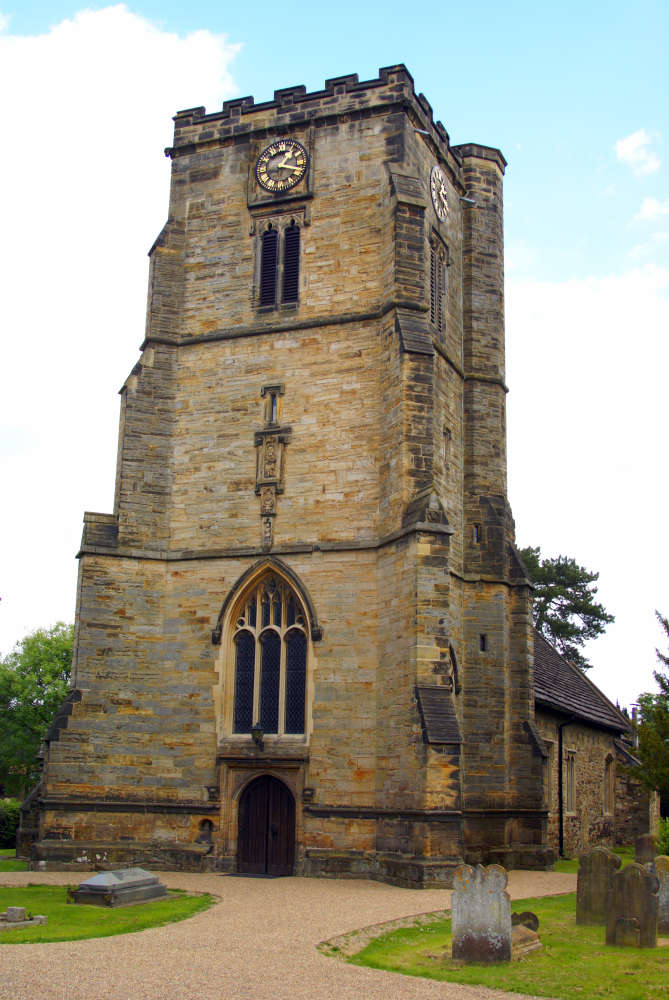
4. Gatwick Airport and its Impact:
Crawley's proximity to Gatwick Airport has had a profound impact on the town's growth and economy. Gatwick, located just north of Crawley, began as an aerodrome in the 1930s and later developed into a major international airport. With its expansion, Crawley became a focal point for businesses, hotels, and services catering to the airport's needs. The airport's presence has provided numerous employment opportunities and contributed to the town's economic vitality.
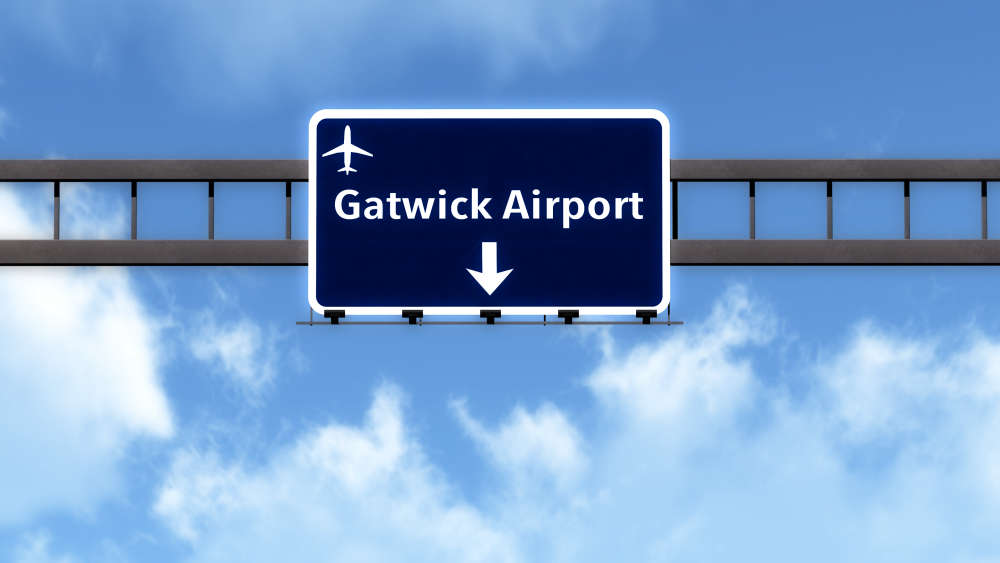
5. Crawley's Iron Industry:
During the 18th and 19th centuries, Crawley was known for its iron industry. The town had several ironworks and foundries, producing goods such as cannons, agricultural machinery, and railway equipment. Crawley's proximity to raw materials, including iron ore and charcoal, coupled with its accessible transportation links, facilitated the growth of the iron industry. Although the industry declined in the late 19th century, remnants of this industrial heritage can still be seen in the town.
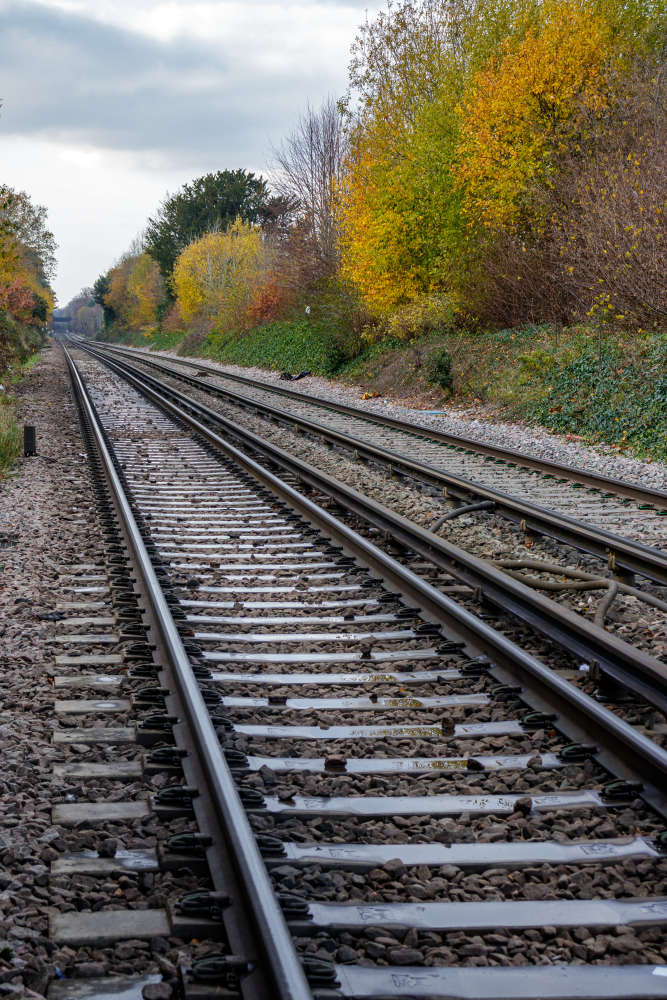
Crawley's history weaves together ancient roots, medieval manors, post-war redevelopment, industrial prowess, and its symbiotic relationship with Gatwick Airport. As visitors explore its streets, experience its modern amenities, and uncover its historical landmarks, they gain a deeper appreciation for the town's diverse and captivating past. Crawley's ability to adapt and evolve over time has shaped it into the vibrant and dynamic town it is today.


 Five Most Pet-Friendly Destinations in the UK
Five Most Pet-Friendly Destinations in the UK
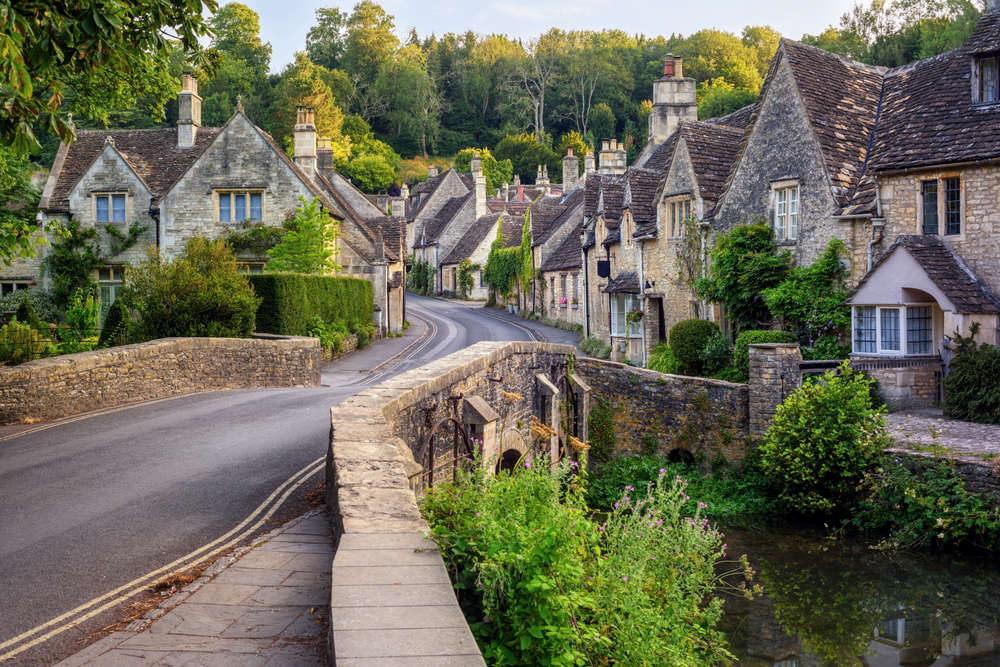 Five UK Valentine's Destinations Perfect For A Night Away
Five UK Valentine's Destinations Perfect For A Night Away
 Five Highly Romantic Meals Perfect for Your Valentine
Five Highly Romantic Meals Perfect for Your Valentine
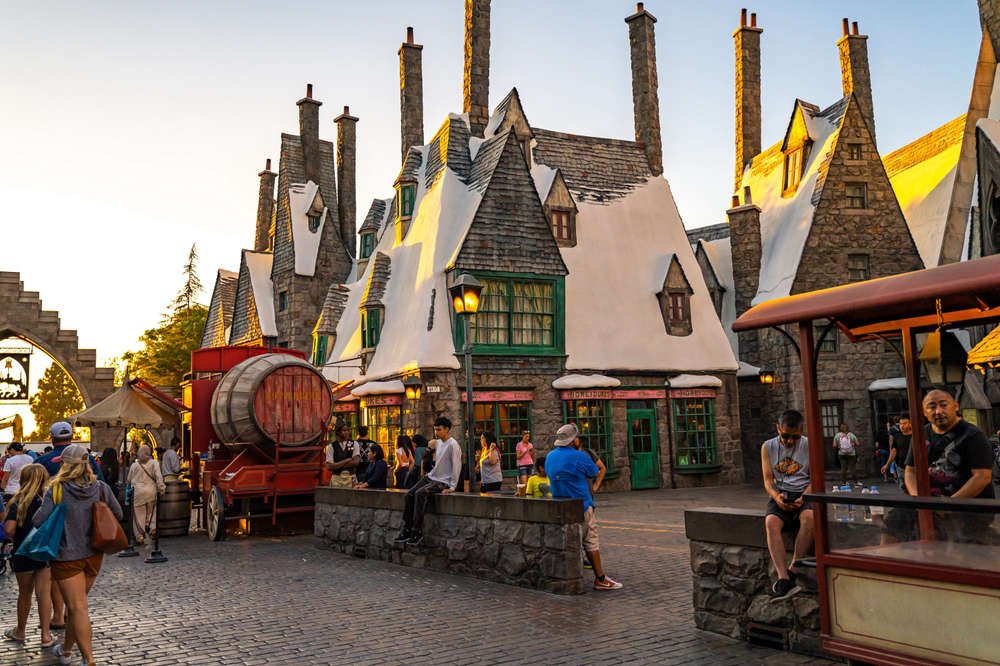 Five Fantasy Worlds We'd Love to See Become Theme Parks
Five Fantasy Worlds We'd Love to See Become Theme Parks
 Five Most Romantic Valentine’s Gestures From Europe
Five Most Romantic Valentine’s Gestures From Europe
Comments
Add a comment